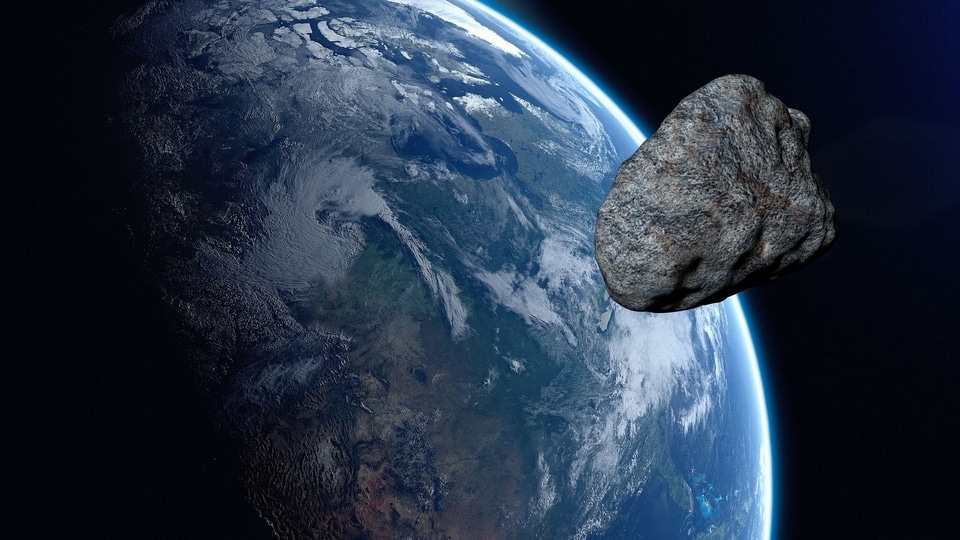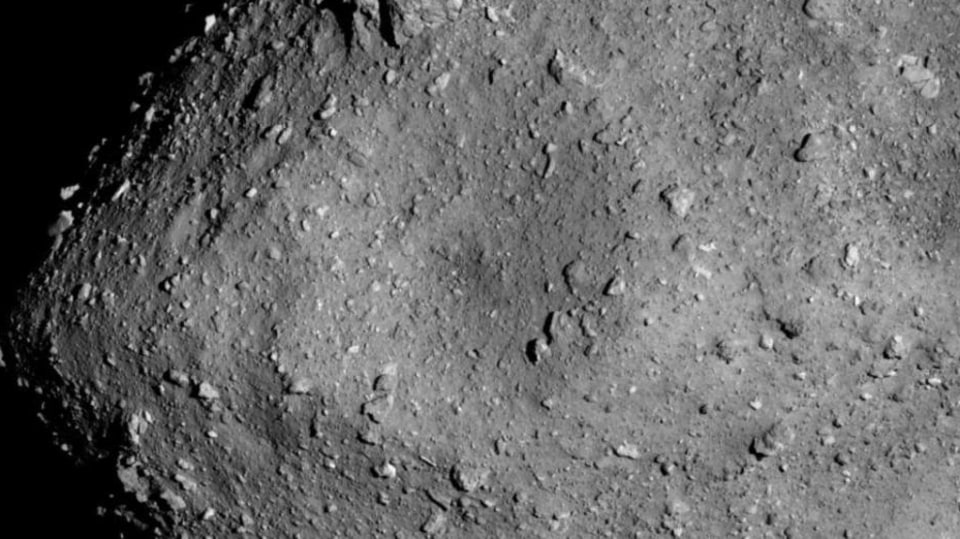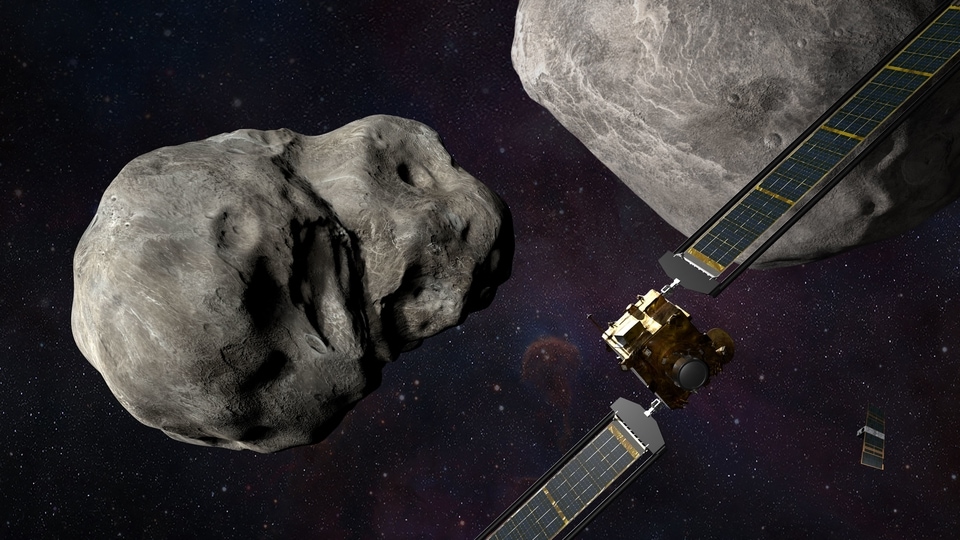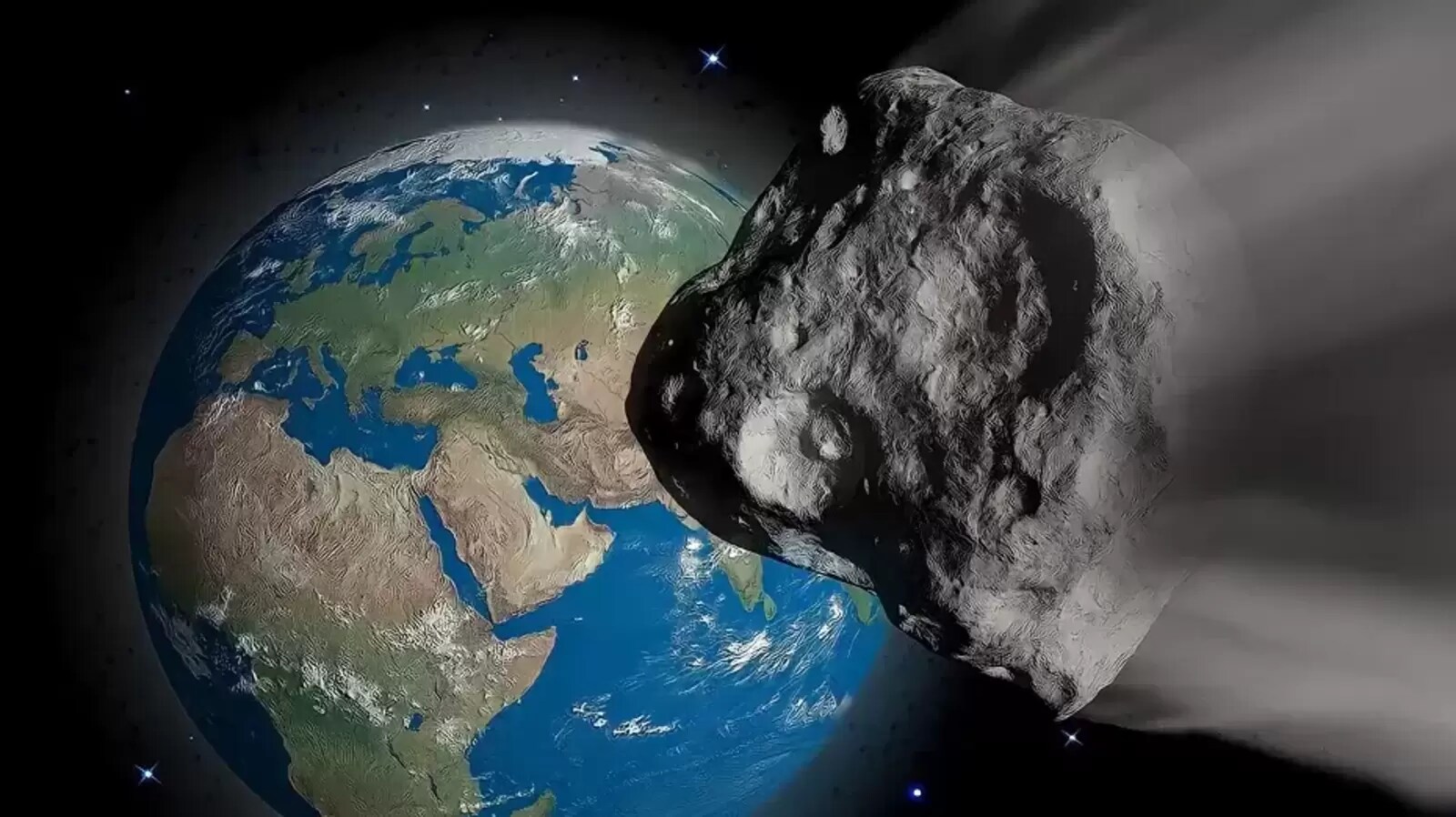Massive 108-foot wide asteroid to approach very close to Earth today, says NASA
NASA warns that a huge 108-foot wide asteroid will be coming dangerously close to the Earth today, December 3. Is there a danger of an asteroid strike? Find out.



_1639115875543_1639115887157.jpg)


 View all Images
View all ImagesThe NASA Orion spacecraft has left the orbit of the Moon and is now headed towards the Earth. And while this is a great moment for astronomy enthusiasts as the completion of this mission will lead to the first crewed mission to the Moon in many decades, this is not the only thing headed for the Earth. A large 108-foot wide asteroid is also headed towards the Earth today, December 3, as per NASA. The asteroid is going to approach our planet from a dangerously close distance. The risk is, if it gets pulled in by the Earth's gravitational pull, there could be a huge disaster. So, how likely is the chance of an asteroid strike? Read on to find out.
Big asteroid headed for the Earth today
NASA reports on the asteroid have given us significant information on what to expect. The asteroid is named 2022 WG9 and it was first spotted on November 11 of this year, as per Small-Body database. The Jet Propulsion Laboratory (JPL) website tells us that the asteroid is going to come as close as 4.6 mn kilometers to the Earth. While this might seem like a huge distance to some, the Center for Near Earth Objects Studies (CNEOS) data might shock you. According to them, the asteroid is traveling at a mind-numbing speed of 38,340 kilometers per hour! At this speed it will take the asteroid mere days if not hours to reach the Earth if it gets trapped by our planet's gravitational pull. And that is a big problem.
However, the current NASA prediction states that the asteroid will likely make a safe passage across the planet. Yet, for precautionary reasons, the asteroid is being monitored by the Wide-field Infrared Survey Explorer (NEOWISE) telescope. This tech marvel is a space telescope that has been tasked with monitoring all nearby space rocks in the inner circle of the solar system.
It is very interesting to understand how this tech actually works. Ever since NASA became aware of the risk of the near-Earth objects (NEO), it has dedicated itself to track and monitor as many space rocks in the inner circle of the solar system as possible. Using the prowess of JPL and Wide-field Infrared Survey Explorer (WISE) telescope, the US space agency collects data for over 20,000 asteroids. Having said that, there are many asteroids that escape detection. Like the one that crashed into Earth a few days ago. You can read all about it here. For regular updates, keep checking this space.
Catch all the Latest Tech News, Mobile News, Laptop News, Gaming news, Wearables News , How To News, also keep up with us on Whatsapp channel,Twitter, Facebook, Google News, and Instagram. For our latest videos, subscribe to our YouTube channel.




























